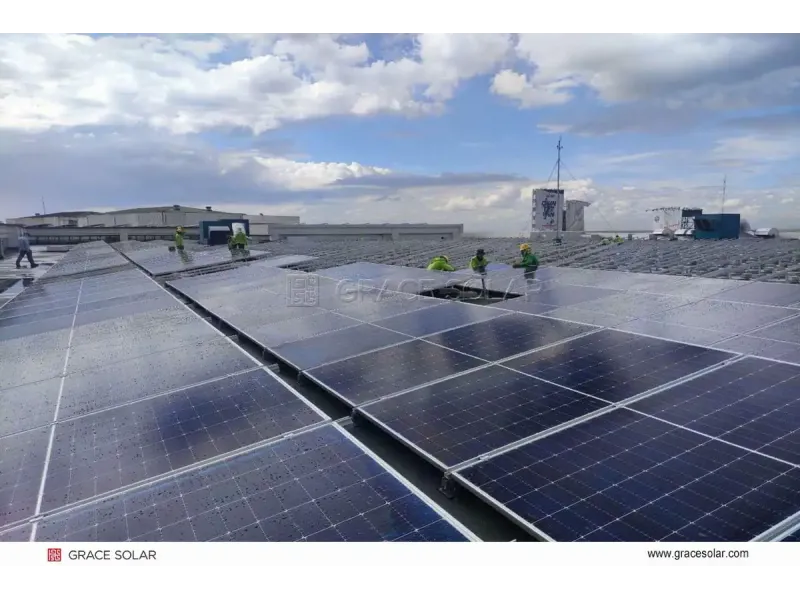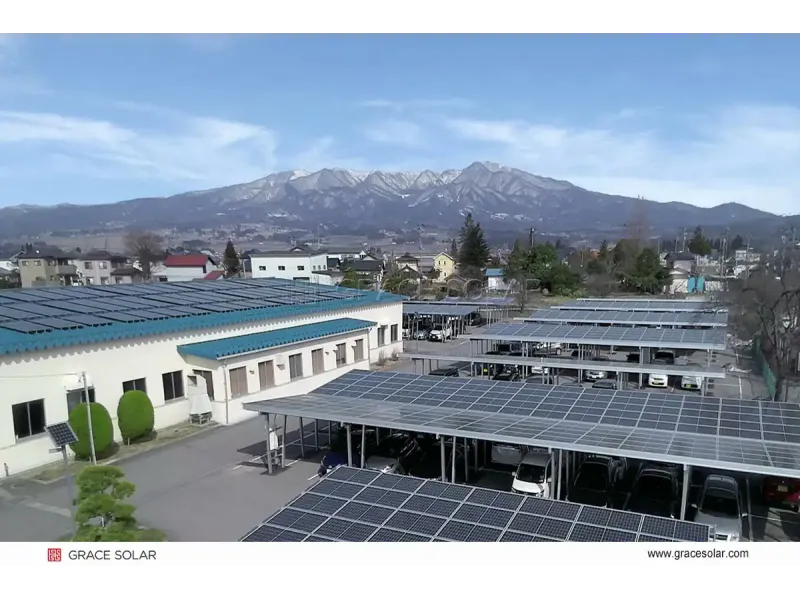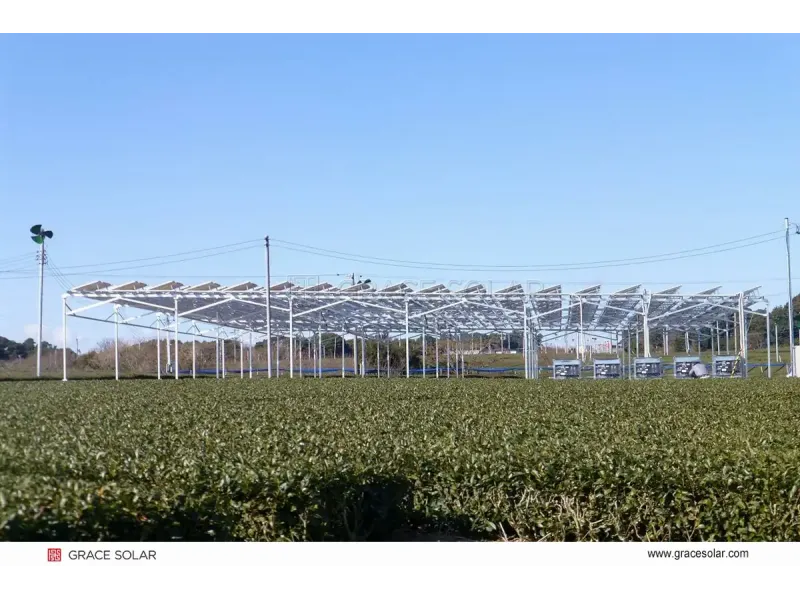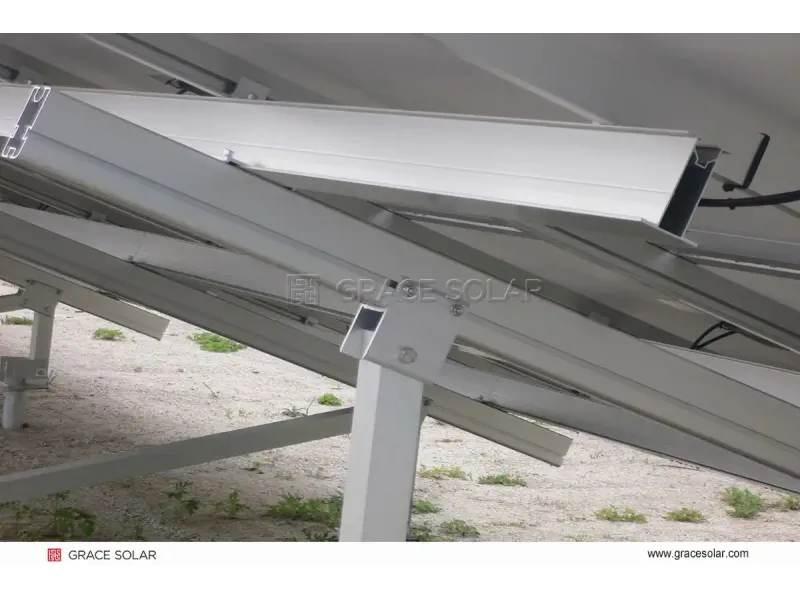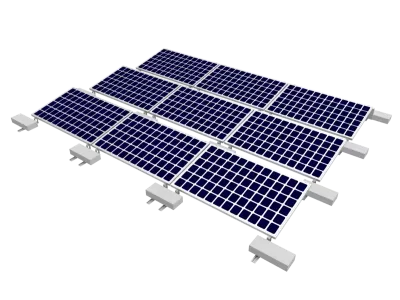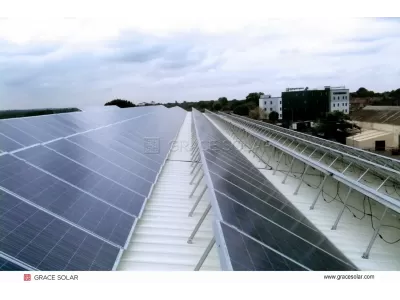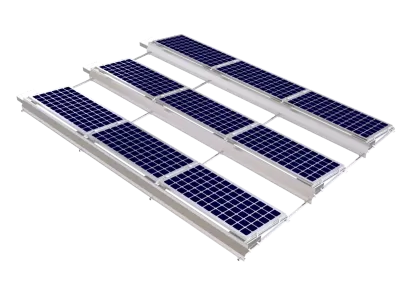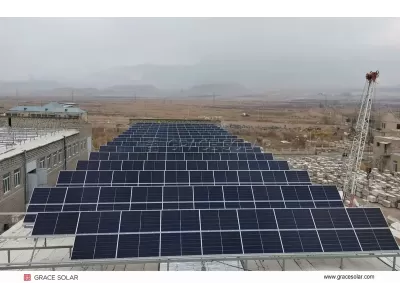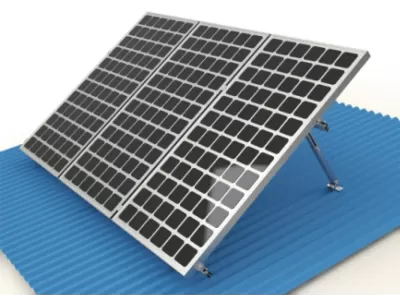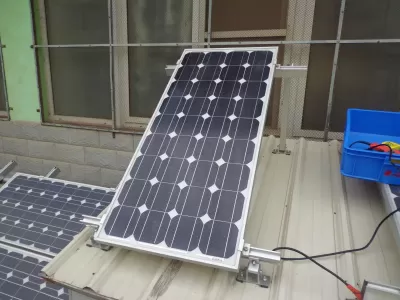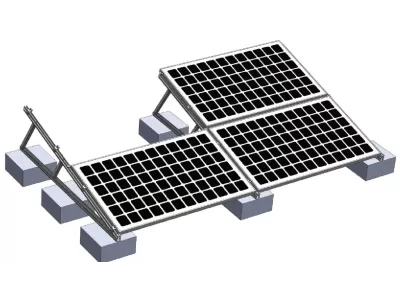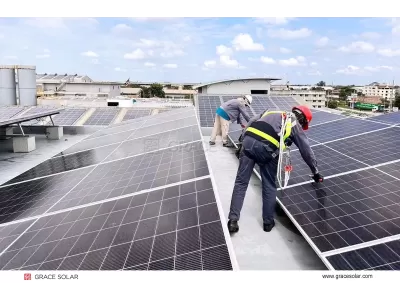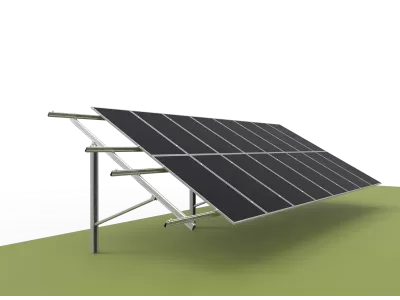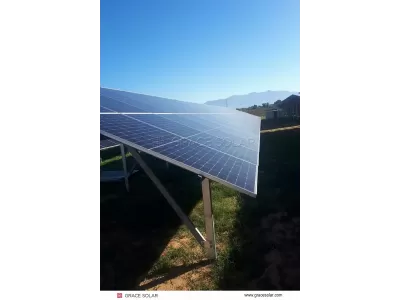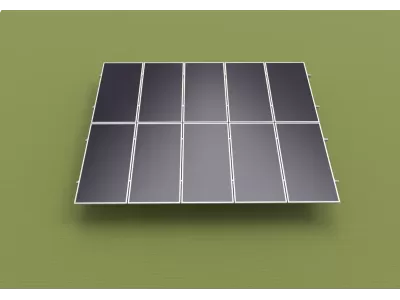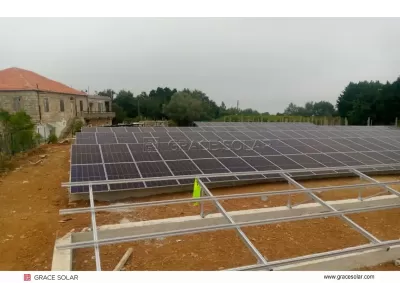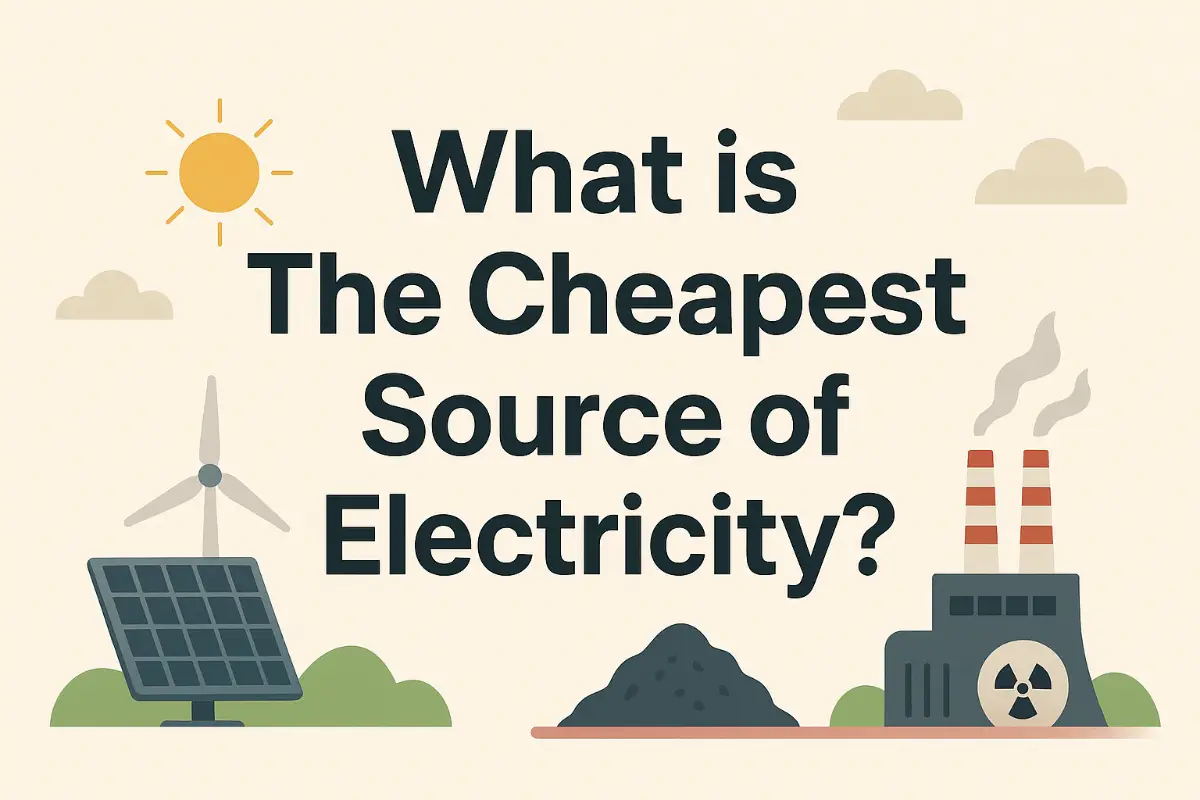
What is The Cheapest Source of Electricity in the World?
For decades, the conversation about energy was dominated by the cost of fossil fuels. However, a monumental shift has occurred. According to comprehensive reports from leading authorities like the International Energy Agency (IEA) and the International Renewable Energy Agency (IRENA), the title of the cheapest source of electricity now belongs to renewable energy, with solar power leading the charge. The levelized cost of electricity (LCOE) for utility-scale solar photovoltaics has fallen by over 85% in the past decade, making it economically superior to new coal or gas-fired power plants in most parts of the world.
Why Solar Power is Now the Most Affordable Choice
The dramatic decline in the cost of solar electricity is driven by several key factors:
- Technological Advancements & Efficiency: Continuous R&D has significantly improved photovoltaic (PV) cell efficiency. Modern panels convert a much higher percentage of sunlight into electricity than older models, generating more power per square meter.
- Mass Manufacturing & Economies of Scale: Explosive global demand has fueled large-scale, automated production, drastically reducing the cost of solar panels, inverters, and other balance of system components.
- Zero Fuel Cost & Price Stability: Unlike coal or gas plants that require continuous fuel purchases, solar power's "fuel"—sunlight—is free. This provides long-term price stability and insulation from geopolitical energy price shocks.
- Falling Balance of System Costs: While panel costs have dropped, so have "soft costs" like installation labor, permitting, and financing, as the industry has matured and standardized.
How Does Solar Energy Work? The Photovoltaic Effect
At the heart of solar electricity is the photovoltaic (PV) effect. Solar panels are composed of many PV cells made from semiconductor materials, usually silicon. When photons from sunlight strike these cells, they transfer their energy to electrons in the semiconductor, knocking them loose. This creates an electric current—Direct Current (DC). An inverter then converts this DC electricity into Alternating Current (AC), which is the standard used by home appliances and the grid. This entire process is silent, clean, and produces zero emissions at the point of generation.
Beyond the Panel: Maximizing Value with Robust Mounting Systems
The solar panels themselves capture the spotlight, but the mounting and racking system is the critical, unsung hero that determines a project's long-term performance and ROI. A high-quality, engineered mounting system does more than just hold panels in place; it ensures they are securely positioned at the optimal angle and orientation to capture maximum sunlight throughout the day and across seasons. For instance, solar tracking systems can increase energy production by up to 25% compared to fixed-tilt systems by following the sun's path across the sky.
This is where specialized engineering makes a tangible difference. Companies with deep expertise, like Grace Solar, focus on designing and manufacturing durable and intelligent mounting solutions. From robust ground mount systems for large-scale farms to innovative solar tracking systems and versatile roof mounting systems, the right infrastructure is key to fully harnessing the world's cheapest electricity source. With a global footprint and a commitment to quality encapsulated in their core value of "Do it right the first time", Grace Solar ensures that every installation is mounted "firm as rock," directly supporting their mission to bring more profits from the sun.
The Future is Powered by the Sun
The trend is unequivocal: solar energy is not just the cheapest option today; it is the cornerstone of the future global energy mix. As technology continues to advance and integration with energy storage solutions becomes more seamless and affordable, solar power's dominance in terms of affordability, reliability, and sustainability will only solidify. Embracing solar energy is no longer just an environmental choice; it is the most economically prudent decision for powering homes, businesses, and industries worldwide.
By investing in high-quality solar components and expert engineering from trusted partners, you are directly tapping into the world's most cost-effective energy source, securing long-term savings and energy independence while contributing to a cleaner planet.


